
Plum Prunus domestica 'Victoria' The English Garden
Description Stanley European plum is a prune-type plum tree. The sugar content is high and suitable for canning or drying. It is self-fruitful but planting two different cultivars is recommended. It is less hardy than some cultivars like Mount Royal. The mature size of the tree depends on the version you choose, standard or dwarf.

Prunus domestica (European plum) Go Botany
Plums come in three distinct types: European, Japanese, and American species. What is a European plum? European plum trees (Prunus domestica) are an ancient, domesticated species of fruit tree.These plum trees produce the best-known cultivated plums and the most widely distributed. Read on for more European plum facts and tips on European plum growing.
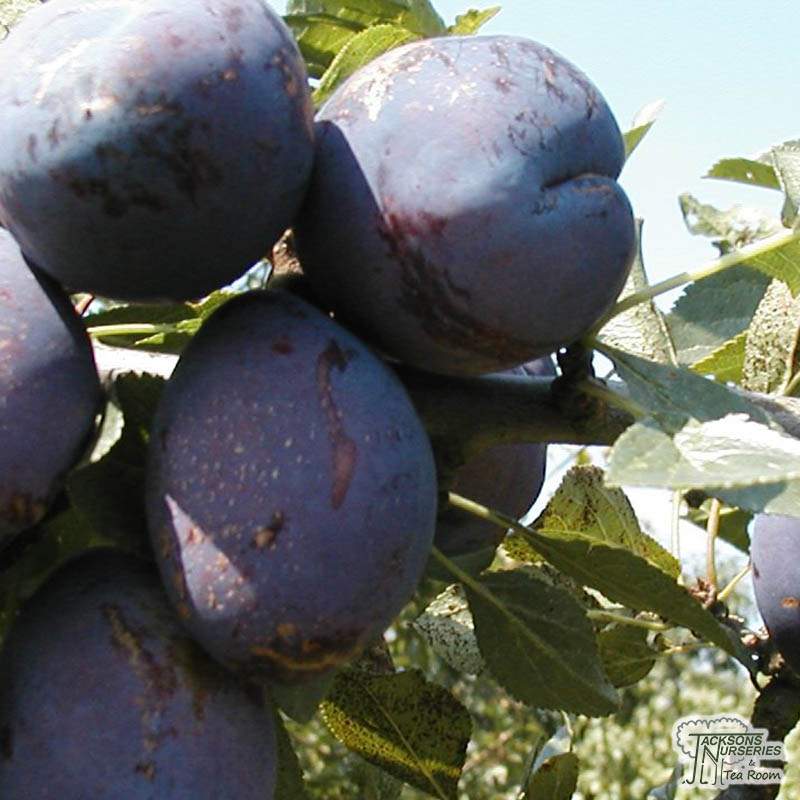
Buy Plum Prunus domestica 'Czar' in the UK
Genus: Prunus. Species: P. domestica. Hardiness Zone: 5 to 9. Height: 15 to 20 ft. Width: 15 to 20 ft. Common characteristics: European plum is a deciduous tree growing to 39ft at a medium rate. This tree blooms in April with white to pink flower petals. The fruits are fleshy with a hard-covered seed in the middle.
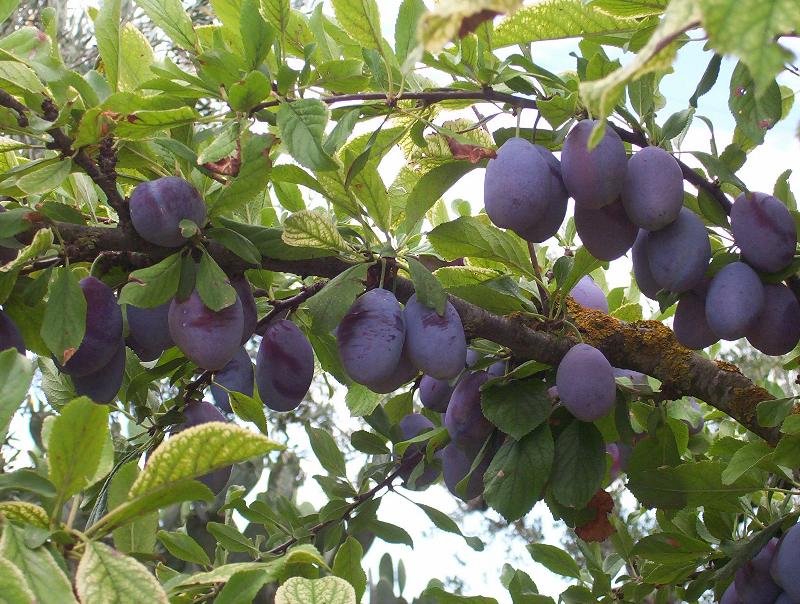
Prunus domestica (Garden plum)
Description Plum, Prunus domestica, is a deciduous tree in the family Rosaceae grown for its edible fruits. The plum tree has an erect growing habit with a spreading canopy.
Prunus domestica, Wild Plum
Scientific name: Prunus domestica Family: Rosaceae Origin: non-native Plum is a small broadleaf, deciduous tree or sometimes a shrub, with dark-brown bark. The branches grow straight and twigs are often spiny in wild plants. Look out for: the leaf stem which is hairy, often with a pair of yellow-green coloured glands.

European plum (Prunus domestica 'Topper', Prunus domestica Topper
Plum Color/Appearance: Plum heartwood can exhibit a cornucopia of colors, typically a yellowish brown, with streaks of pink, orange, red, purple, olive, or gray mixed in. Because of the small size of plum trees, swirled or irregular grain, as well as knots and other defects are common.
:max_bytes(150000):strip_icc()/ripe-plums--prunus-domestica--hanging-on-tree--north-rhine-westphalia--germany-1138467780-5bfbae60ca8b4f3083c7834c575a9455.jpg)
19 Trees and Shrubs from the Prunus Genus
Prunus domestica Common Name (s): Common Plum European Plum Prune Plum Phonetic Spelling PROO-nus doh-MESS-tik-a Common Plum belongs to the rose family and originates in Turkey and Europe but is now only grown in cultivation. This plant typically grows as a large shrub or small tree up to 10-20 feet tall.
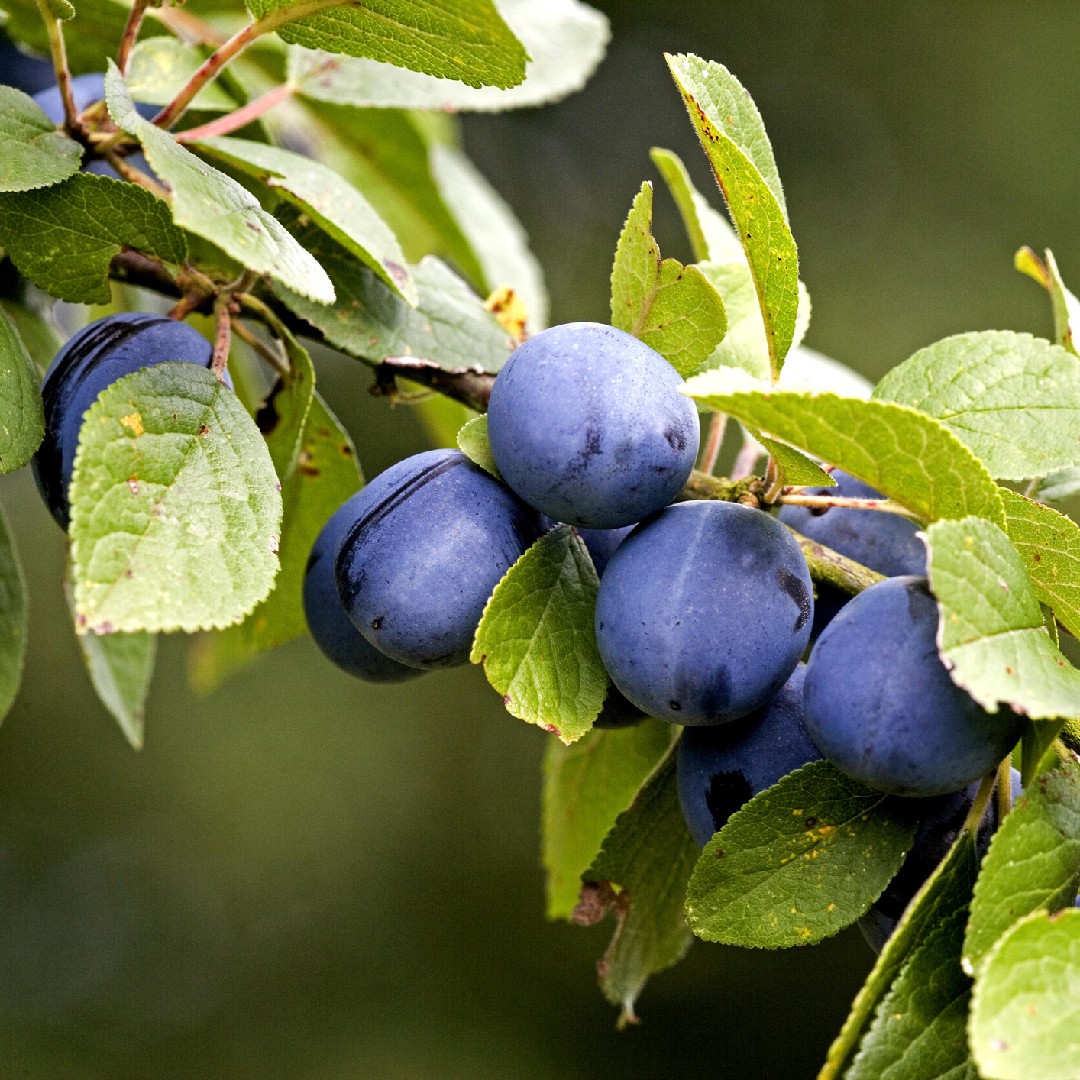
European plum (Prunus domestica) Flower, Leaf, Uses PictureThis
Prunus domestica — European plum Copyright: various copyright holders. To reuse an image, please click it to see who you will need to contact. New England distribution Adapted from BONAP data about the labels on this map Found this plant? Take a photo and post a sighting . North America distribution Adapted from BONAP data enlarge Facts

Prunus Domestica "Plum Me" Plomme Butikk og Hagesenter Horpestad
The damson ( / ˈdæmzən /) or damson plum ( Prunus domestica subsp. insititia, or sometimes Prunus insititia ), [1] also archaically called the "damascene", [2] is an edible drupaceous fruit, a subspecies of the plum tree.

plum (Prunus domestica)
The European plum tree (Prunus domestica) has been selected for this project. It is best grown in zones 5 to 9. It can become about 15 feet tall and should start to produce fruit three to five years after it is first planted. European plums are sweet and flavorful. The fruits can be eaten fresh, canned, or dried to produce prunes.
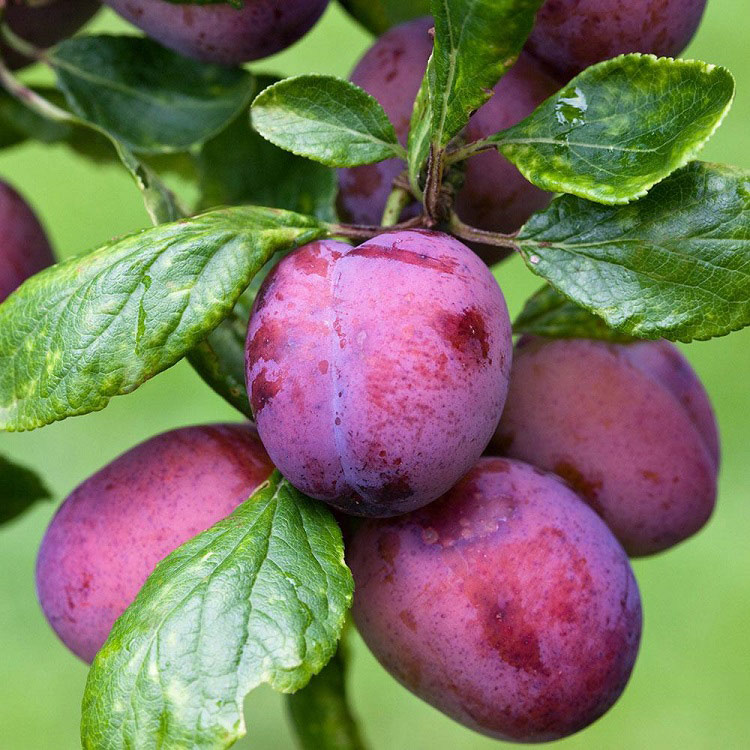
Prunus domestica 'Czar' Fruit Trees & Bushes Arboretum Garden Centre
Extremely cold hardy and reliable, Prunus domestica 'Stanley' (European Plum) is a vigorous European plum tree with a spreading canopy clothed in elliptic, finely serrated, bright green leaves. In mid-spring, it bursts into a profusion of sweetly fragrant, white 5-petaled blossoms, creating a spectacular display.
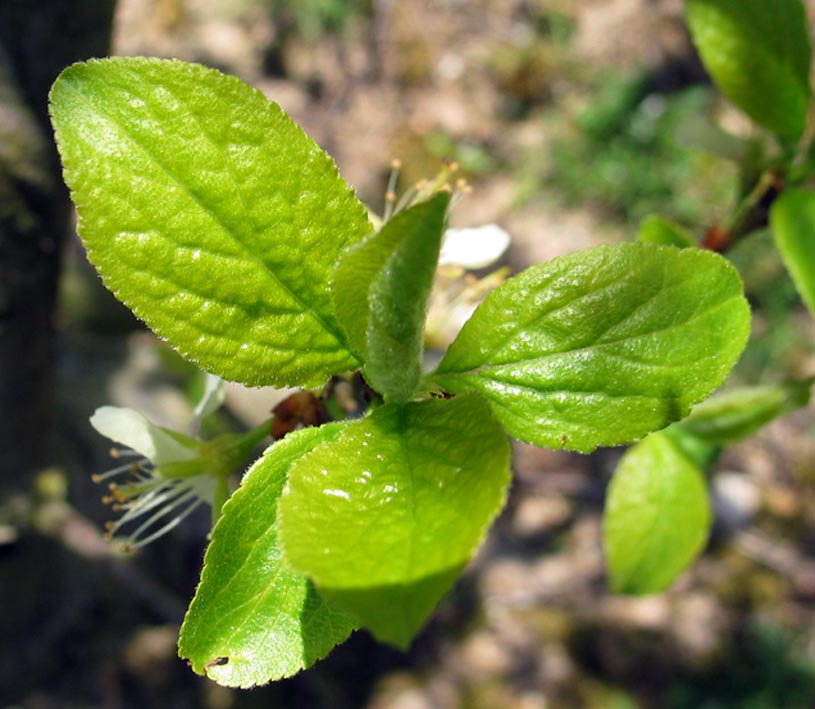
Pruim Prunus domestica Plum Dutch treeguide at www.bomengids.nl
Prunus domestica is a species of flowering plant in the family Rosaceae. A deciduous tree, it includes many varieties of the fruit trees known as plums in English, though not all plums belong to this species. The greengages and damsons also belong to subspecies of P. domestica .

Prunus domestica ‘Stanley’ European Plum Catskill Native Nursery
Prunus domestica is a deciduous Tree growing to 12 m (39ft) by 10 m (32ft) at a medium rate. See above for USDA hardiness. It is hardy to UK zone 5. It is in flower in April, and the seeds ripen from July to November. The species is hermaphrodite (has both male and female organs) and is pollinated by Insects. The plant is self-fertile.
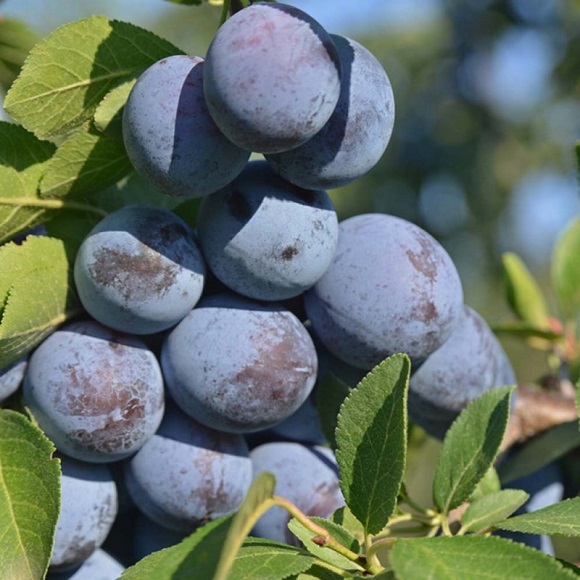
Prunus domestica 'Czar' (Plum) BR Kelly's Nursery
This datasheet on Prunus domestica covers Identity, Overview, Associated Diseases, Pests or Pathogens, Distribution, Biology & Ecology, Uses, Management, Genetics and Breeding, Food Quality, Food Safety, Economics, Further Information. Get full access to this article View all available purchase options and get full access to this article.
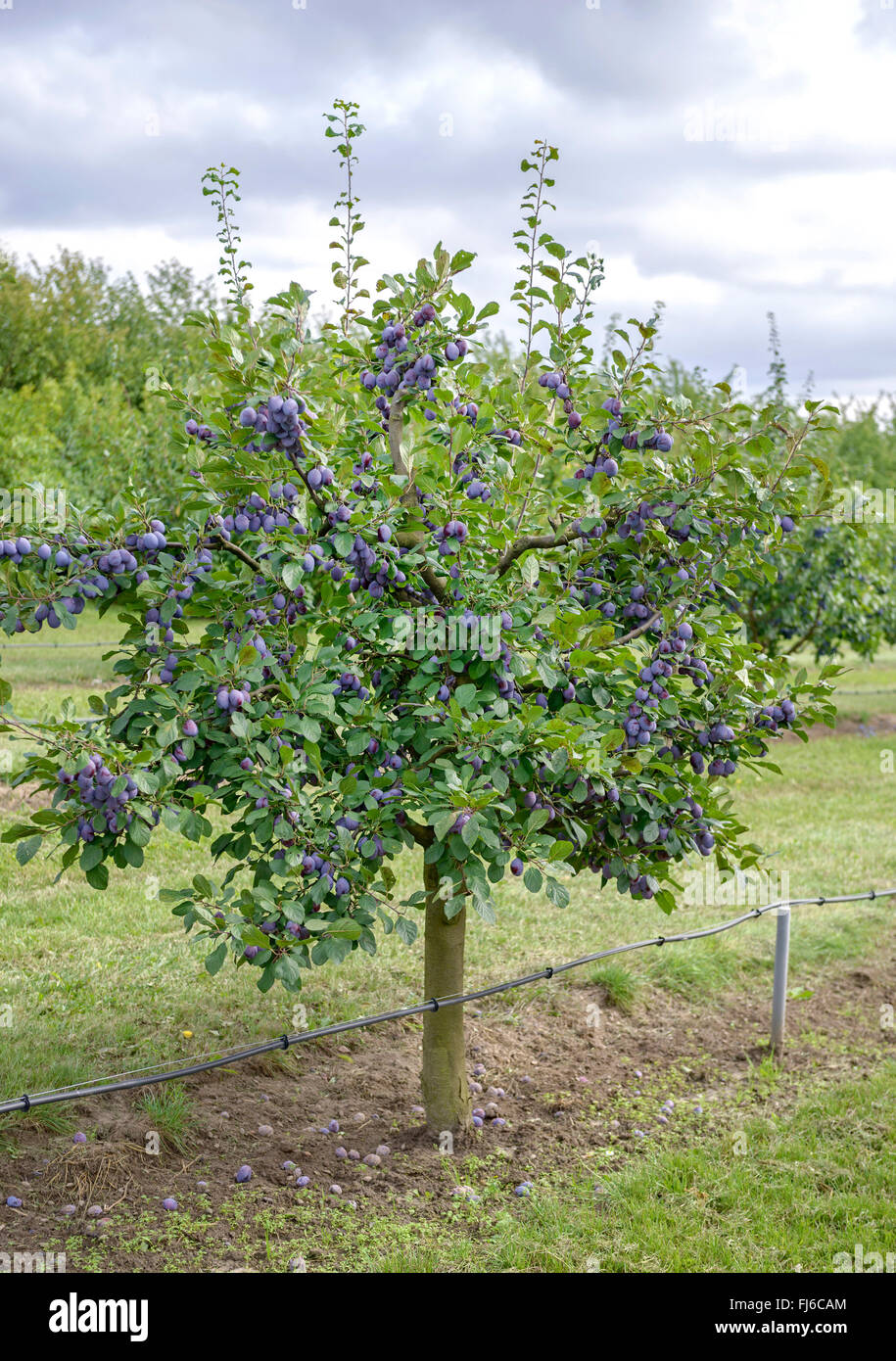
European plum (Prunus domestica 'Topper', Prunus domestica Topper
The prune plum ( Prunus domestica subsp. domestica) is a fruit-bearing tree, or its fruit. It is a subspecies of the plum Prunus domestica. [1] The freestone fruit is similar to, but distinct from, the clingstone damson ( Prunus domestica subsp. insititia) [2] and is especially popular in Central Europe . Regional names and etymology

Prunus domestica Wikiwand
Prunus domestica, commonly called common plum or European plum, is native to Southwest Asia. It small to medium size, deciduous tree grow for its fruit. Plums are one of the most popular of the stone fruits. Genus name from Latin means plum or cherry tree. Specific epithet means domesticated. 'Stanley' is a popular prune-plum cultivar.